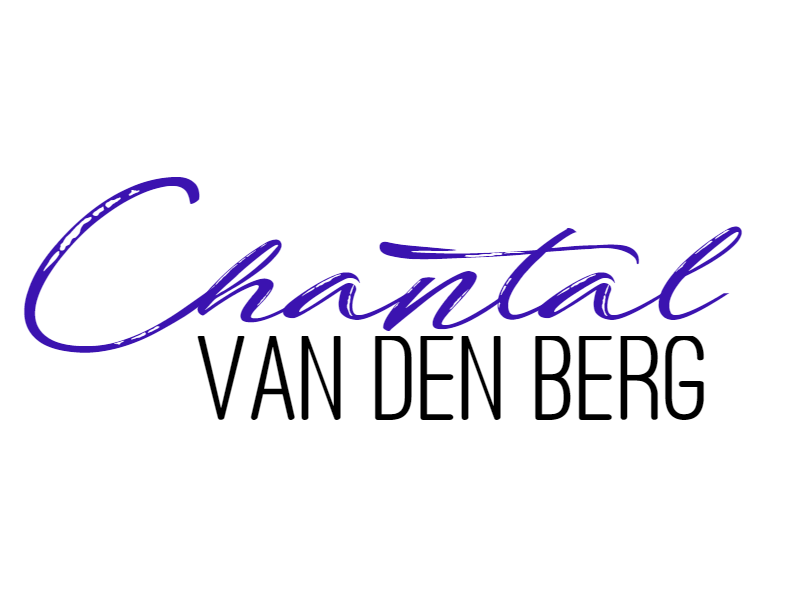[fusion_builder_container hundred_percent=”no” hundred_percent_height=”no” hundred_percent_height_scroll=”no” hundred_percent_height_center_content=”yes” equal_height_columns=”no” menu_anchor=”” hide_on_mobile=”small-visibility,medium-visibility,large-visibility” status=”published” publish_date=”” class=”” id=”” background_color=”#ffffff” background_image=”” background_position=”center center” background_repeat=”no-repeat” fade=”no” background_parallax=”none” enable_mobile=”no” parallax_speed=”0.3″ video_mp4=”” video_webm=”” video_ogv=”” video_url=”” video_aspect_ratio=”16:9″ video_loop=”yes” video_mute=”yes” video_preview_image=”” border_size=”” border_color=”” border_style=”solid” margin_top=”” margin_bottom=”” padding_top=”” padding_right=”” padding_bottom=”” padding_left=””][fusion_builder_row][fusion_builder_column type=”1_1″ layout=”1_1″ background_position=”left top” background_color=”” border_size=”” border_color=”” border_style=”solid” border_position=”all” spacing=”yes” background_image=”” background_repeat=”no-repeat” padding_top=”” padding_right=”” padding_bottom=”” padding_left=”” margin_top=”0px” margin_bottom=”0px” class=”” id=”” animation_type=”” animation_speed=”0.3″ animation_direction=”left” hide_on_mobile=”small-visibility,medium-visibility,large-visibility” center_content=”no” last=”no” min_height=”” hover_type=”none” link=””][fusion_text columns=”” column_min_width=”” column_spacing=”” rule_style=”default” rule_size=”” rule_color=”” hide_on_mobile=”small-visibility,medium-visibility,large-visibility” class=”” id=””]
Wat we van onze voorouders kunnen leren over aandacht krijgen
Ongeloof zie ik meestal terug in iemands ogen als ik de vergelijking maak in mijn keynote dat ons brein nog net denkt en handelt als miljoenen jaren geleden. Toch is het echt zo.
Als je weet hoe het brein denkt, en dat is best makkelijk te begrijpen, kun je anderen veel beter begeleiden bij allerlei keuzes.
Elke keuze begin met aandacht. Aandacht is wat we graag willen hebben van anderen, maar steeds lastiger te krijgen is.
Wanneer je deze twee stimuli vanuit neurowetenschappen gebruikt, lukt het je zeker.
Ik geef je twee praktijkvoorbeelden die je kunt gebruiken in jouw dagelijkse werk. -> Deze vind je vanaf 04.55 in de video.
[/fusion_text][fusion_button link=”https://www.linkedin.com/in/chantalvandenberg/” text_transform=”” title=”” target=”_blank” link_attributes=”” alignment=”center” modal=”” hide_on_mobile=”small-visibility,medium-visibility,large-visibility” class=”” id=”” color=”green” button_gradient_top_color=”” button_gradient_bottom_color=”” button_gradient_top_color_hover=”” button_gradient_bottom_color_hover=”” accent_color=”” accent_hover_color=”” type=”” bevel_color=”” border_width=”” size=”” stretch=”default” shape=”” icon=”” icon_position=”left” icon_divider=”no” animation_type=”” animation_direction=”left” animation_speed=”0.3″ animation_offset=””]Volg Chantal op LinkedIn[/fusion_button][/fusion_builder_column][/fusion_builder_row][/fusion_builder_container]
